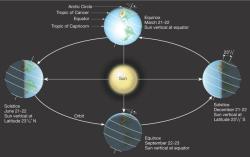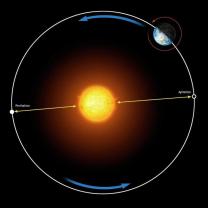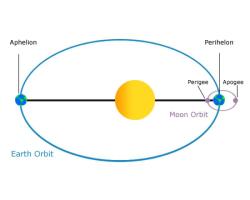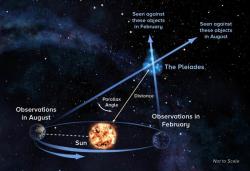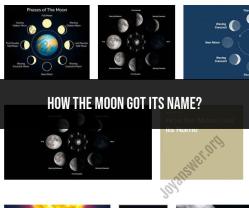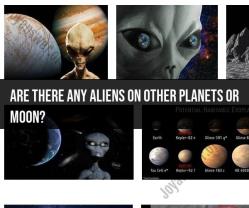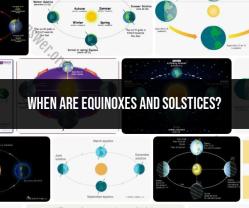How big is Earth compared to the universe?
"Earth's Size in the Universe: A Cosmic Perspective" is an apt title to explore the vastness of the universe in relation to the size of our planet. Here's a brief overview:
Earth's Size in the Universe: A Cosmic Perspective
This article would provide readers with a cosmic perspective on the relative size of Earth compared to the universe. It may include:
- A description of Earth's dimensions, including its diameter, circumference, and mass.
- An overview of the observable universe's vastness and scale.
- Comparisons to celestial objects, such as stars, planets, galaxies, and galaxy clusters.
- The concept of cosmic distances and the observable universe's estimated size.
- Visualizations and analogies to help readers grasp the immense scale of the universe.
- The role of telescopes and space exploration in expanding our understanding of the cosmos.
In summary, this article would aim to offer readers a humbling and awe-inspiring perspective on Earth's size in the context of the incomprehensibly vast universe. It would emphasize the enormity of the cosmos and highlight the significance of our small but unique planet within it.
Earth's Size in the Vast Universe: An Astronomical Perspective
From an astronomical perspective, Earth is a tiny speck in the vast universe. The Earth is approximately 13,000 kilometers (8,100 miles) in diameter, while the Milky Way galaxy, which contains our solar system, is approximately 100,000 light-years across.
The universe is even larger than the Milky Way galaxy. It is estimated that the universe is billions of light-years across.
Putting Earth's Size in Context within the Expansive Universe
To put Earth's size in context within the expansive universe, consider the following:
- If the Earth were the size of a grain of sand, the Milky Way galaxy would be the size of a football field.
- If the universe were the size of a city, the Milky Way galaxy would be a single building.
Comparing Earth's Size to Cosmic Dimensions
Here is a comparison of Earth's size to some other cosmic dimensions:
- Earth: 13,000 kilometers (8,100 miles) in diameter
- Moon: 3,474 kilometers (2,160 miles) in diameter
- Sun: 1.39 million kilometers (864,938 miles) in diameter
- Solar System: 1 light-year in diameter
- Milky Way Galaxy: 100,000 light-years in diameter
- Andromeda Galaxy: 220,000 light-years in diameter
- Observable Universe: 93 billion light-years in diameter
As you can see, Earth is very small compared to even the smallest cosmic objects.
It is difficult to comprehend the vastness of the universe and the insignificance of our planet within it. However, it is important to remember that we are all part of something much larger than ourselves.


